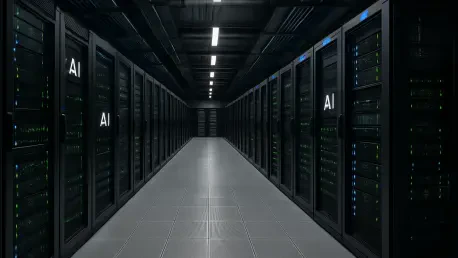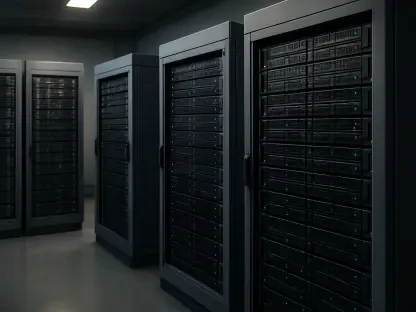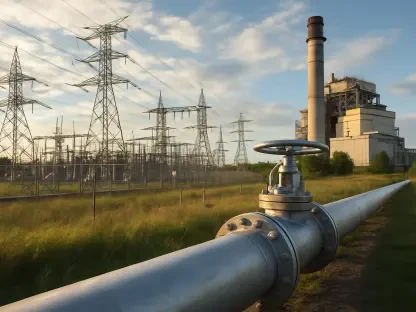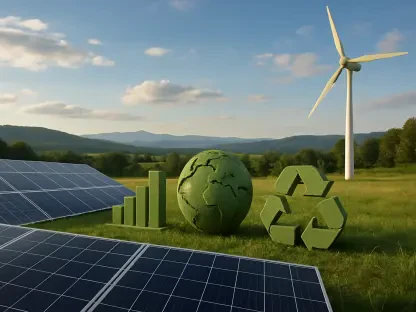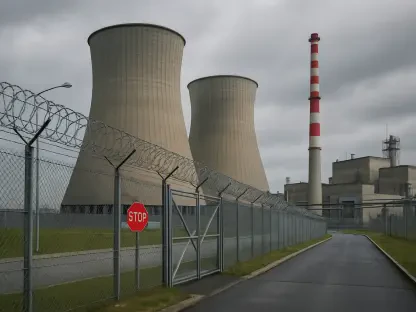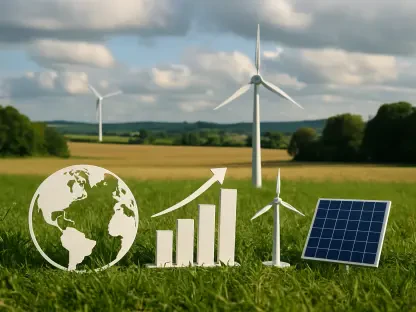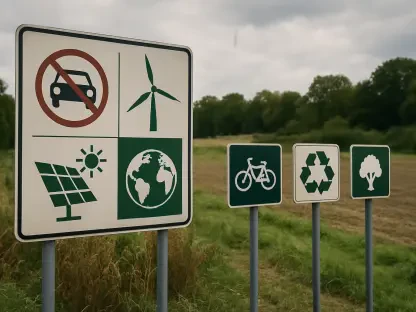Welcome to an insightful conversation with Christopher Hailstone, a renowned expert in energy management, renewable energy, and electricity delivery. With decades of experience in the utilities sector, Christopher provides unparalleled perspectives on grid reliability, security, and the evolving landscape of power infrastructure. Today, we dive into the rapid growth of data centers, innovative joint ventures, legislative developments, and the pressing need for new power generation in Pennsylvania. Our discussion explores how these elements are shaping the future of energy delivery and what it means for utilities and consumers alike.
Can you walk us through the significance of the recent surge in data center projects in Pennsylvania and what it means for the energy grid?
Absolutely, Silvia. The demand for data centers has skyrocketed, driven by the digital economy, cloud computing, and AI technologies. In Pennsylvania, we’re seeing agreements to interconnect massive capacities—think gigawatts of power—which is a game-changer for the grid. This surge, up over 30% in just a few months, reflects a shift from modest loads to projections of over 14 gigawatts by the mid-2030s. It’s putting unprecedented pressure on our infrastructure, requiring us to rethink capacity, reliability, and how we prioritize projects in a queue that’s ballooned to 60 gigawatts.
What are some of the key factors fueling this explosive growth in data center demand?
The primary driver is the tech industry’s expansion—hyperscalers and major tech firms need vast amounts of power for their operations. Add to that the rise of AI, which demands intensive computing power, and you’ve got a perfect storm. Pennsylvania’s strategic location, access to markets, and relatively stable energy policies also make it attractive. Plus, there’s a push for data centers to be closer to end-users for lower latency, so we’re seeing more projects clustering in regions like ours that can support such growth.
How are utilities managing the challenges of integrating such a large volume of new power demands into the existing grid?
It’s a complex balancing act. The sheer scale of these interconnection requests means we have to prioritize based on project readiness, location, and impact on grid stability. There are significant challenges—think aging infrastructure, permitting delays, and ensuring we don’t overload certain zones. We’re addressing this by accelerating grid upgrades, investing in smarter technologies for load management, and working closely with developers to align timelines. It’s not just about adding capacity; it’s about doing so sustainably and reliably.
I understand there’s a joint venture in place to build power plants specifically for data centers. Can you share more about this initiative and its goals?
Yes, this partnership is a strategic move to meet data center needs directly with dedicated power generation. We’re collaborating with infrastructure experts to develop new plants, primarily in Pennsylvania, focusing on serving these high-demand clients. The goal is to create a reliable, tailored power supply that reduces strain on the broader grid while supporting the tech industry’s growth. We’re in active talks with key stakeholders—think tech giants, landowners, and equipment suppliers—and have secured land for development, though we’re still in the planning phase for major commitments.
Speaking of planning, what considerations are guiding the development of these new power generation projects?
Location is critical—we’re looking at proximity to data centers, access to fuel sources like natural gas, and pipeline infrastructure. Environmental and community impacts are also huge factors; we want to minimize disruption while maximizing efficiency. Then there’s the financial side—ensuring the project doesn’t affect our overall risk profile or burden ratepayers. We’re also navigating discussions with turbine manufacturers to secure the best technology, but we’re cautious about locking in deals until we have firm service agreements in place.
There’s also legislative support on the horizon in Pennsylvania. Can you explain how these proposed bills could impact utilities and their ability to meet growing energy needs?
Certainly. The pending legislation, specifically bills in the Pennsylvania House and Senate, aims to allow regulated utilities to build and own new generation assets to address resource gaps. This is a big deal because it gives us more control over meeting demand directly. Additionally, the bills encourage partnerships with independent power producers to share the investment risk, which is crucial for large-scale projects. If passed, this could fast-track our ability to build the 7.5 gigawatts of new capacity we estimate we’ll need in the next five to seven years.
With the focus on new generation, particularly natural gas, what hurdles do you anticipate in getting these projects off the ground?
Even with federal and state support for natural gas plants and pipeline expansions, there are still challenges. Siting and permitting can be contentious—communities often push back on new infrastructure due to environmental or land use concerns. Then there’s the cost; building a gas-fired plant runs millions per megawatt, and securing funding without impacting customer rates is tricky. We’re also keeping an eye on market dynamics, as some producers hesitate to build new capacity if it might lower overall prices. Despite these hurdles, I’m optimistic given the policy tailwinds and streamlined processes being proposed.
Looking ahead, what is your forecast for the future of energy supply and demand balance in regions like Pennsylvania facing such rapid data center growth?
I think we’re at a critical juncture, Silvia. The demand from data centers isn’t slowing down, and without swift action, we’re looking at potential supply shortages in the near term. I foresee a hybrid approach emerging—more dedicated generation like what we’re planning, alongside a push for renewables and storage to balance the grid. Policy will play a huge role; if we get the legislative and regulatory support right, we can build what’s needed. But it’s going to require collaboration across utilities, tech companies, and policymakers to ensure reliability doesn’t falter as we scale up. I expect the next decade to redefine how we think about energy delivery in high-growth areas like ours.
